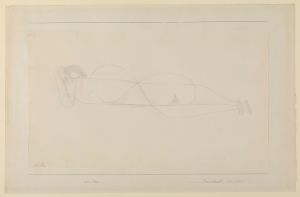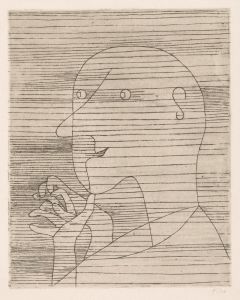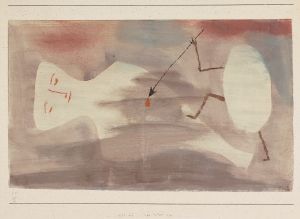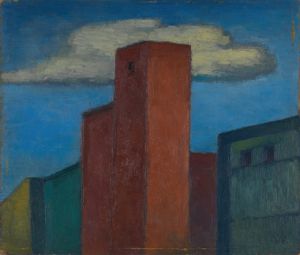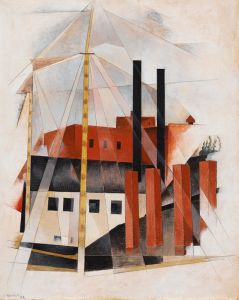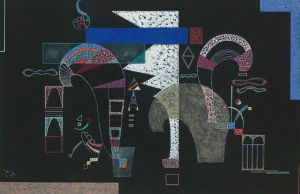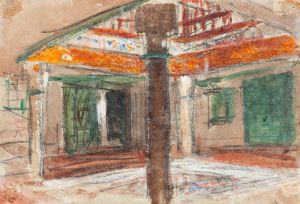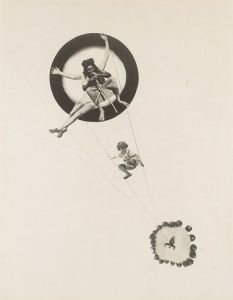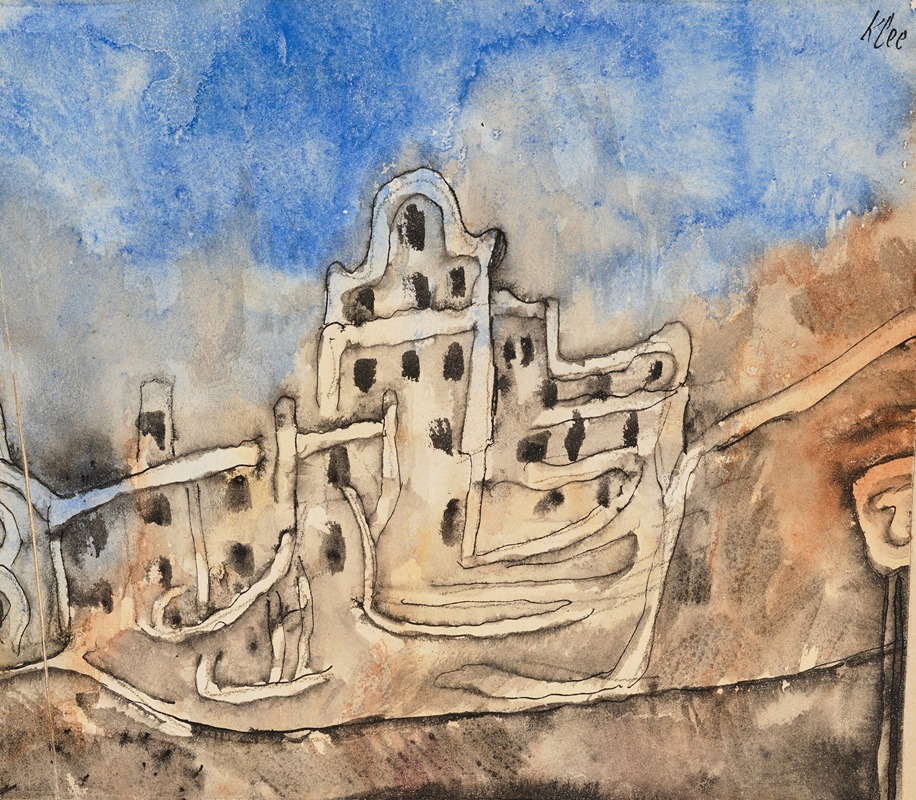
Der Palast
A hand-painted replica of Paul Klee’s masterpiece Der Palast, meticulously crafted by professional artists to capture the true essence of the original. Each piece is created with museum-quality canvas and rare mineral pigments, carefully painted by experienced artists with delicate brushstrokes and rich, layered colors to perfectly recreate the texture of the original artwork. Unlike machine-printed reproductions, this hand-painted version brings the painting to life, infused with the artist’s emotions and skill in every stroke. Whether for personal collection or home decoration, it instantly elevates the artistic atmosphere of any space.
Paul Klee's painting Der Palast (The Palace) is a work by the Swiss-born German artist, who is widely regarded as one of the most influential figures in modern art. Created in 1927, this painting reflects Klee's distinctive style, which often combines abstraction, symbolism, and a playful use of color and form. Klee was a member of the Bauhaus school during this period, and his works frequently explored themes of architecture, music, and the interplay between structure and imagination.
Der Palast is characterized by its geometric composition, which suggests the outline of a palace or architectural structure. The painting employs a grid-like arrangement of shapes and colors, a technique that Klee often used to create a sense of rhythm and harmony. The palette includes muted tones interspersed with brighter accents, giving the work a dynamic yet balanced appearance. This approach reflects Klee's interest in the relationship between art and music, as he often sought to translate musical principles into visual forms.
Klee's time at the Bauhaus, where he taught from 1921 to 1931, had a significant impact on his artistic development. The Bauhaus emphasized the integration of art, design, and architecture, and Klee's work during this period often incorporated architectural motifs. Der Palast can be seen as an example of this influence, as it combines abstract forms with a suggestion of structural design.
The painting is part of Klee's broader exploration of the interplay between the real and the imaginary. While the title, Der Palast, evokes a specific architectural structure, the abstract nature of the work invites viewers to interpret it in their own way. This open-ended quality is a hallmark of Klee's art, which often blurs the boundaries between representation and abstraction.
Today, Der Palast is recognized as an important example of Klee's mature style. The painting is held in a public or private collection, though specific details about its current location are not readily available. Klee's works, including Der Palast, continue to be celebrated for their innovative approach to form, color, and composition, as well as their ability to inspire imagination and curiosity in viewers.





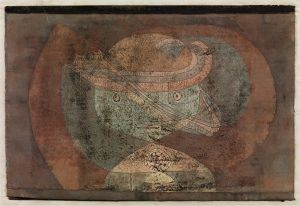
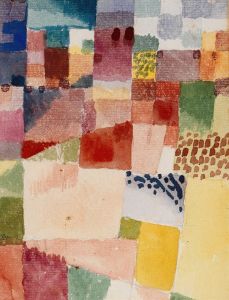
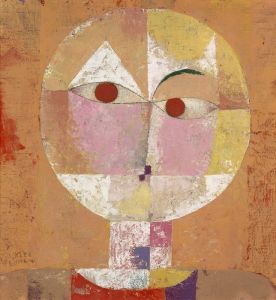

![The Harbinger of Autumn [green and violet gradation with orange accent]](/imgs/217154/s/paul-klee-the-harbinger-of-autumn-green-and-violet-gradation-with-orange-accent-295debda.jpg)
